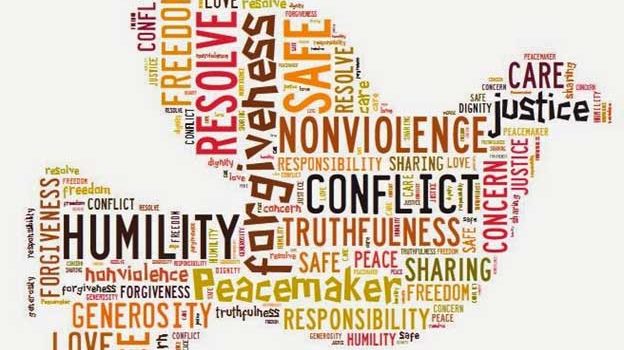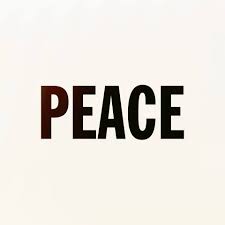
Peace: something we wish everyone knew
 As our mission says, inter-ethnic peace is a cross-cutting value that we mainstream through all our projects. Sometimes people ask us, why we focus on peace? Isn’t there already peace in Cambodia, since the war was finished many years ago?
As our mission says, inter-ethnic peace is a cross-cutting value that we mainstream through all our projects. Sometimes people ask us, why we focus on peace? Isn’t there already peace in Cambodia, since the war was finished many years ago?
In this article, we will have a deeper glance at the nature of peace and violence and illustrate the importance of working towards positive peace not only in Cambodia but in every country in the world.
Some people define peace as “love” or “harmony”. Some define it as “the absence of war or violence”. These explanations are not wrong, but in it’s nature the concept of peace is more complicated.
The easiest way to explain peace is actually through explaining violence. Johan Galtung, a Norwegian scientist, who is believed to be the father of Peace Science, defines three types of violence:
Direct violence is the most visible, occurring physically or verbally, and the victim and the offender can be clearly identified.
Structural violence – social injustice, is defined as injustice and inequality built into the structure of society, resulting in unequal power and imbalanced life chances.
Cultural violence – any aspect of a culture that can be used to justify violence in its direct or structural form.

All these three types of violence are deeply interconnected and reinforce each other. The process usually begins with Cultural Violence, which is mainstreamed through Structural Violence (social injustice) and brings to Direct (physical) Violence. Direct violence is highly interdependent with structural and cultural violence: cultural and structural violence causes direct violence which, on the other hand, reinforces the former ones.
Based on these three types of violence, Galtung has idetifined two types of peace:
Negative Peace – absence of war or direct violence, peace not always by peaceful means. It is negative because something undesirable stopped happening (e.g. the violence stopped, the oppression ended).
Positive Peace – absence of indirect and structural violence. Attitudes, institutions and structures that create and sustain peaceful societies. Positive peace is filled with positive content such as restoration of relationships, the creation of social systems that serve the needs of the whole population and the constructive resolution of conflict.
Thus, when people, who speak of peace as an “absence of war”, are not wrong. They are talking about Negative Peace happening on a visible level and do not take Positive Peace happening on invisible level into account. Therefore, we can not speak about peace when such things as discrimination, social injustice, economic insecurity, prejudice, malnutrition and other aspects of cultural and structural violence happen on an invisible level. At the same time, peace does not mean the total absence of any conflict. It means the absence of violence in all forms and managing conflicts in a constructive way. Peace therefore exists where people are interacting non-violently and are managing their conflict positively – with respectful attention to the legitimate needs and interest of all concerned.
KCD’s the core of mission is working towards mainstreaming Positive Peace and combating cultural and structural violence in Cambodia. The purpose of this article is not to give you concrete examples of our work for peace, but rather to answer the question “why do you work for peace in Cambodia, when we have no war?” We would also like to encourage our readers to reflect about peace in their own countries and communities, estimate how peaceful they are and think what they could do to improve the situation.



